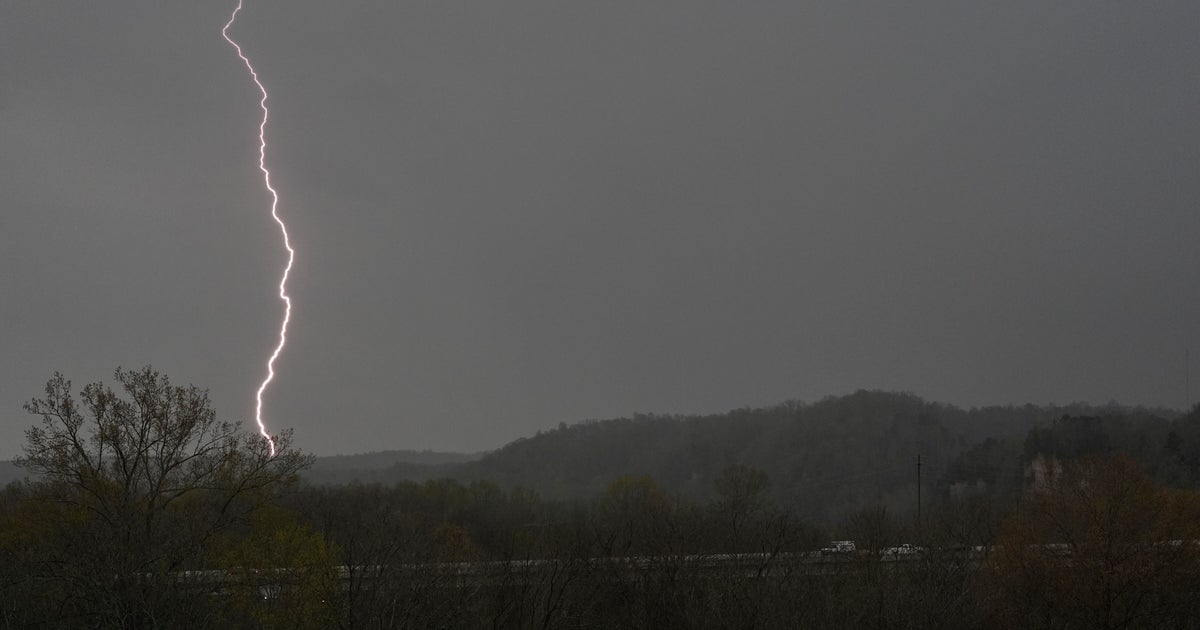Deadly Storms Devastate South, Midwest: A Look at the Destruction and Recovery Efforts
The South and Midwest are reeling from a series of devastating storms that have left a trail of destruction in their wake. Torrential rains, powerful winds, and tornadoes have caused widespread damage, resulting in fatalities and leaving countless people displaced. This article provides an overview of the affected areas, the extent of the damage, and the ongoing recovery efforts.
A Swathe of Destruction: The Impact of the Storms
The recent storm system, described by meteorologists as unusually powerful and unpredictable, has impacted several states across the South and Midwest. Areas hardest hit include:
- Tennessee: Reports indicate significant damage to infrastructure, including homes and businesses, with several confirmed fatalities. The city of Nashville experienced particularly intense flooding.
- Arkansas: Numerous tornadoes touched down, causing substantial damage to rural communities and leaving many residents without power.
- Kentucky: Severe flooding led to widespread road closures and damage to property. Rescue efforts are ongoing.
- Mississippi: High winds and heavy rainfall caused significant flooding and damage to agricultural lands.
The sheer scale of the destruction is staggering. Images and videos circulating on social media show homes reduced to rubble, submerged vehicles, and uprooted trees blocking roads. The full extent of the damage is still being assessed, but early estimates point towards billions of dollars in economic losses.
Beyond the Numbers: Human Cost and Recovery
While the economic impact is significant, the human cost of these storms is even more profound. Dozens of lives have been lost, and many more are injured. The emotional toll on affected communities is immeasurable, with many facing the daunting task of rebuilding their lives from scratch.
The recovery process will be lengthy and complex. Federal and state governments have pledged aid and resources, but the scale of the challenge necessitates a coordinated effort from various organizations, including:
- The Federal Emergency Management Agency (FEMA): Providing emergency relief, temporary housing, and financial assistance to affected individuals and families.
- The American Red Cross: Offering shelter, food, and emotional support to those displaced by the storms.
- Local volunteer organizations: Mobilizing community members to assist with cleanup efforts, debris removal, and providing essential supplies.
Looking Ahead: Prevention and Preparedness
These devastating storms serve as a stark reminder of the importance of preparedness and disaster mitigation. Investing in stronger infrastructure, improving weather forecasting technology, and educating the public on safety protocols are crucial steps in reducing the impact of future extreme weather events. Learning from past disasters, and improving building codes in high-risk areas, are also vital elements of a long-term strategy to prevent future tragedies.
How You Can Help: Making a Difference
For those wishing to support the victims of these storms, several reputable organizations are accepting donations:
- The American Red Cross: [Link to Red Cross donation page]
- Salvation Army: [Link to Salvation Army donation page]
- Local charities: Research local charities in the affected areas to find organizations providing direct assistance.
The road to recovery will be long, but with collective efforts, communities affected by these devastating storms can rebuild and emerge stronger. The resilience of the human spirit is evident in the face of adversity, and with continued support, these communities will overcome this challenge.

